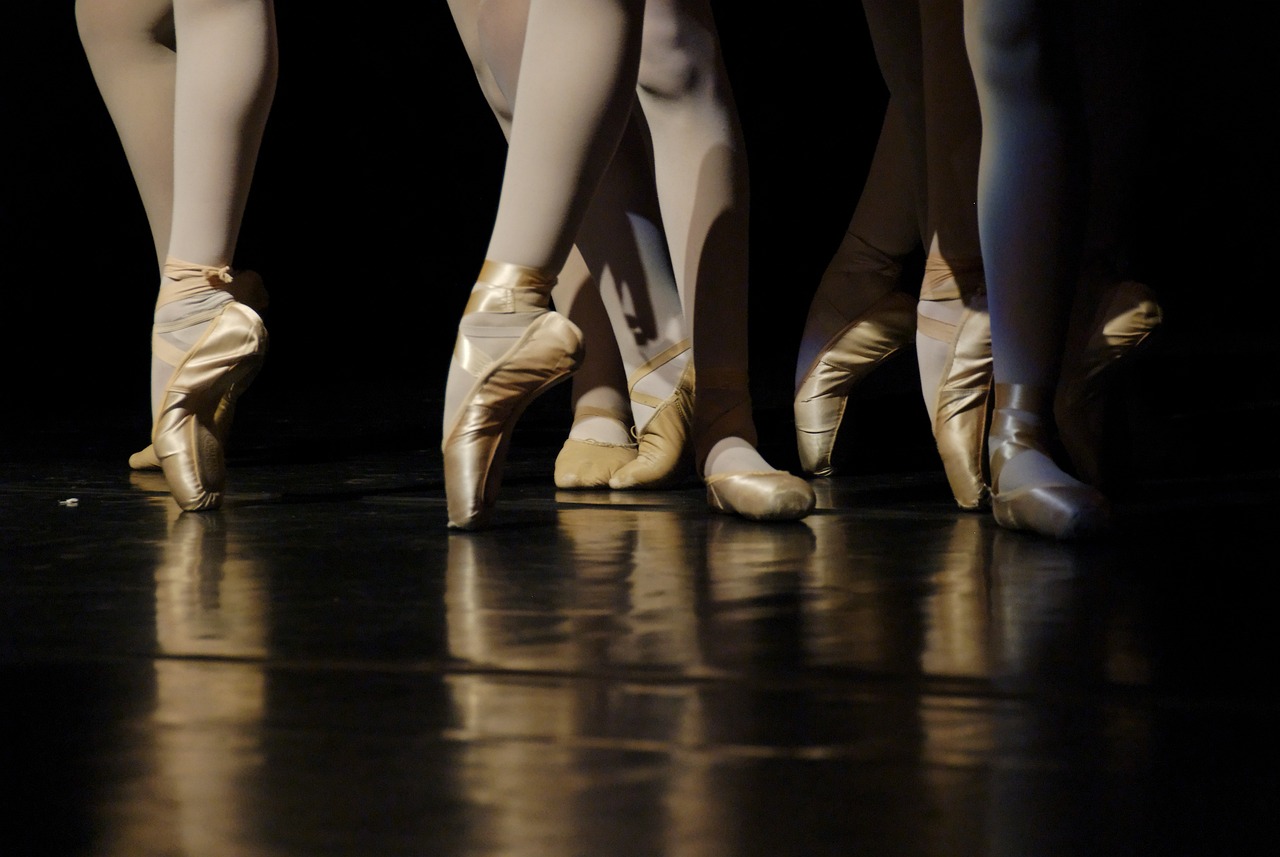Movement
Seniors Sway: The Fitness Ballet Advantage

Ah, the beauty of ballet! It’s not just for the young and spry. Ballet is a fantastic form of exercise for seniors too. It’s a graceful way to keep our bodies moving, our hearts pumping, and our spirits high.
Don’t let the tutus and pointe shoes intimidate you. Ballet for seniors doesn’t require any pirouettes or grand jetés. It’s all about gentle, controlled movements that work your muscles, improve your balance, and boost your cardiovascular health.
Imagine standing tall, your body aligned, your muscles engaged. You’re following the rhythm of the music, your arms flowing like water, your legs bending and stretching in a controlled, deliberate manner. This is ballet. It’s a dance that requires strength, flexibility, and concentration – all things that seniors can benefit from.
Ballet is not just about physical fitness. It’s also a wonderful way to nourish your mind. Remembering the steps, focusing on the rhythm, and coordinating your movements can help keep your mind sharp. And let’s not forget the joy of moving to music. It’s a mood booster like no other!
Now, let’s talk about nutrition. Dancing, even at a slow pace, burns calories. But to keep your energy levels up and your body functioning at its best, you need to fuel it properly. A balanced diet rich in fruits, vegetables, whole grains, lean proteins, and healthy fats is key. And hydration is crucial. Always have a bottle of water at hand, especially during your ballet sessions.
Cooking for yourself can be a wonderful way to ensure you’re getting the right nutrients. It’s also a great opportunity to experiment with new recipes and flavors. Who knows, you might even discover a new passion!
Ballet, like any other form of exercise, should be approached with care. Start slow, listen to your body, and gradually increase the intensity and duration of your sessions. And remember, it’s not a competition. It’s about enjoying the movement, the music, and the sense of accomplishment that comes with every step you master.
Aging is a part of life, but that doesn’t mean we should stop moving. On the contrary, staying active is one of the best ways to age gracefully. And ballet, with its emphasis on posture, balance, and control, is a fantastic option for seniors.
So, why not give ballet a try? Find a local class or look for online tutorials designed for seniors. Put on some comfortable clothes, turn up the music, and let your body move. You might be surprised at how good it feels.
Remember, age is just a number. It’s never too late to start something new, to challenge yourself, to take care of your body and mind. Ballet might just be the perfect way to do it. Let’s dance our way to health and happiness, one graceful step at a time.
